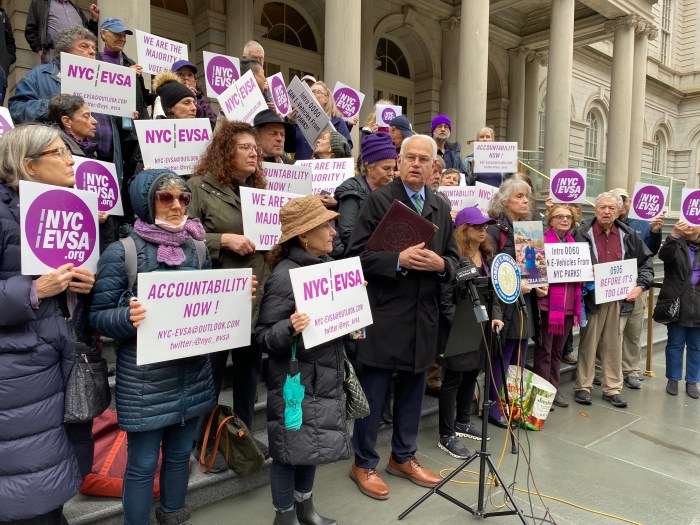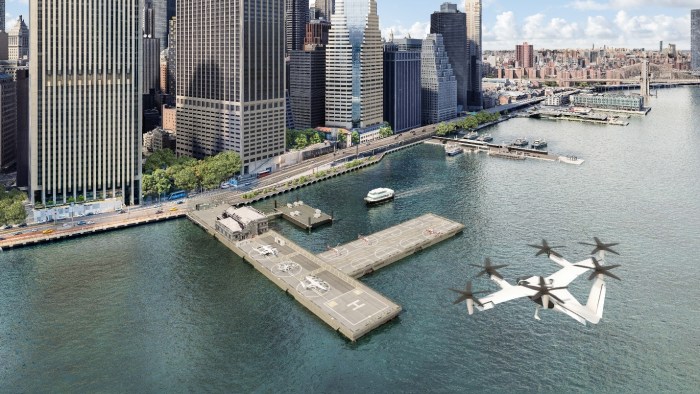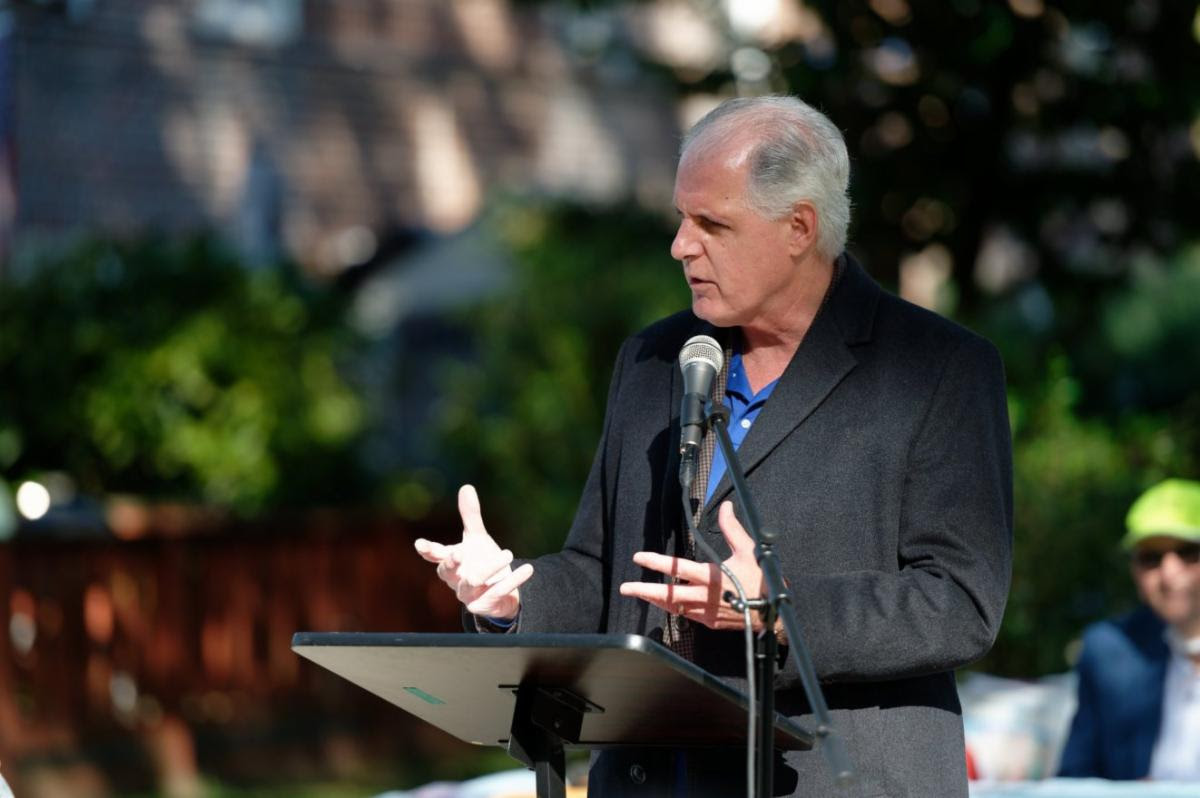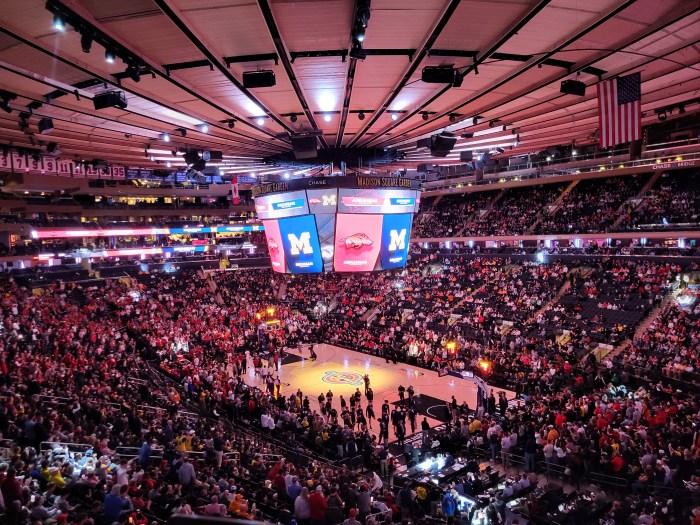Poor New Yorkers are more likely to be struck and killed by motor vehicles, according to a new city report.
A collaborative report from the city’s departments of Health and Transportation found that pedestrian fatality rates are three times more prevalent in high-poverty neighborhoods than in wealthy neighborhoods.
The data, already confirmed by reports in cities across the country, serve as a reminder that where people live has more of an impact on their health than how they live, experts said.
Separated in two new data briefs on pedestrian and motor vehicle collisions, the findings “highlight disparities — which are neither natural nor necessary — in the burden of traffic injury throughout the city,” said Dr. Mary Bassett, the city’s health commissioner, in a statement.
Pedestrian deaths in the report, which looks at city data between 2012 and 2014, are broken down by miles of street. So for every 100 miles of roadway, there were roughly nine pedestrian fatalities in very high-poverty neighborhoods — but just about three in low-poverty neighborhoods.
That could be because low-income areas of the city lack the appropriate infrastructure to improve traffic safety, advocates said. When the nonprofit Transportation Alternatives looked into Manhattan traffic deaths involving children back in 2012, its report found that the fatalities were clustered around public housing, where there was “increased mid-block crossing behavior due to superblock layout of developments” and “disproportionate driver speeding on arterial streets” nearby.
“This isn’t about how people are acting, this is about streets that are dangerous by design,” said Paul Steely White, the executive director of Transportation Alternatives. “It’s true that homes or apartments on quiet, low-traffic streets are more expensive in this city. Low-income New Yorkers are more likely to live on streets that are wide and fast and dangerous.”
Last year brought a historic low of 229 traffic deaths in New York City, the culmination of three years of incrementally decreasing figures. Mayor de Blasio credits the drop to Vision Zero, his initiative to eliminate all traffic fatalities.
In 2015, the city turned its attention to addressing “priority corridors” with unusually high pedestrian crash rates. The agency completed 178 safety engineering projects at these locations; used targeted police enforcement; and adjusted crosswalk signals to give pedestrians more time to cross the street. Those efforts have borne positive results, according to Department of Transportation data.
There were an average of 99 pedestrian fatalities at these priority corridors between 2009 and 2013. In 2016, there were 72 pedestrian deaths, a 27% decline.
But Polly Trottenberg, the city’s Department of Transportation commissioner, said in a statement that the report’s findings “identify how much work we have left to do” in creating a “more equitable city.”




































